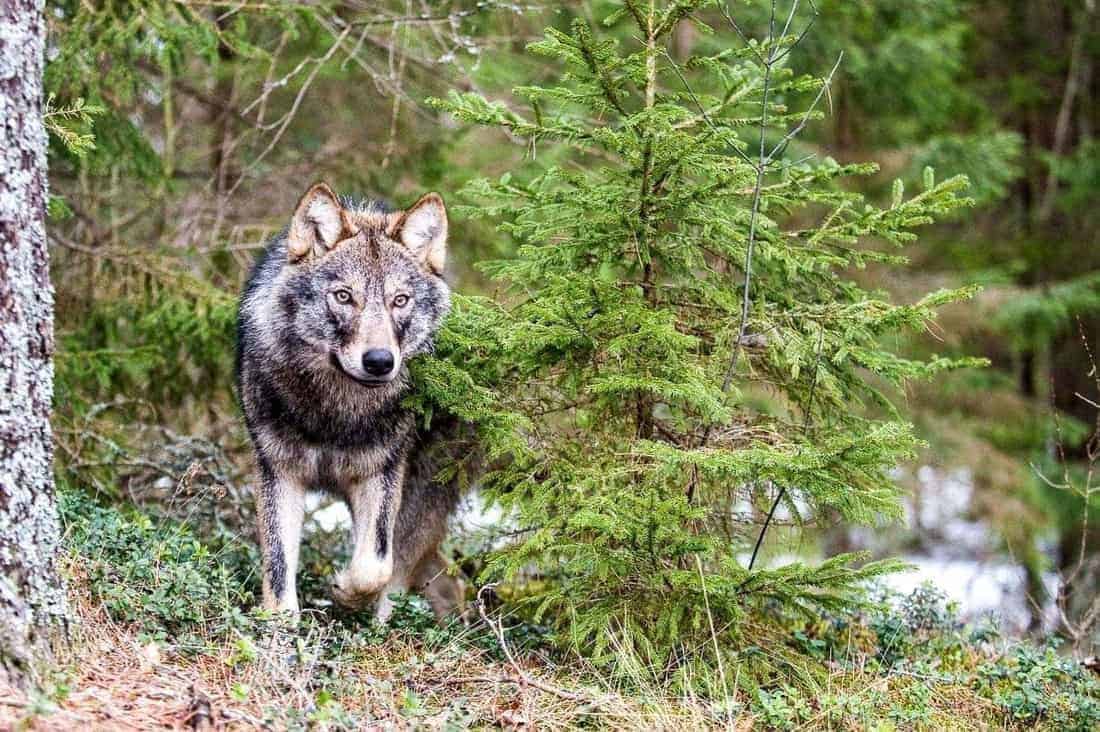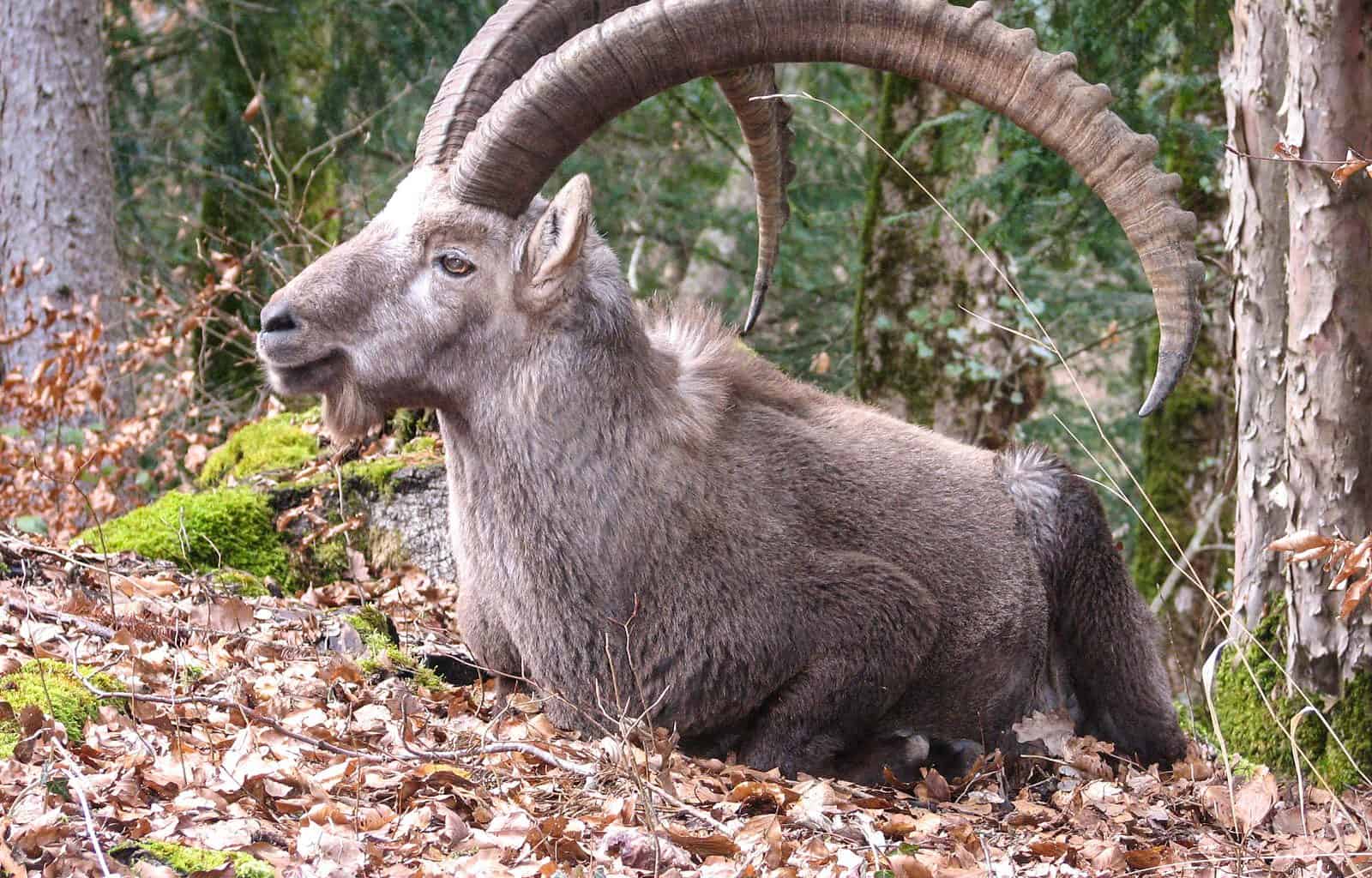Learn about butterflies day: how the evolution of Lepidoptera contributed to a world full of colors
Today is the Learn about butterflies day! Let us dive a little bit into the evolutionary history of butterflies, and we can readily establish that indeed these insects should be celebrated! One of many reasons why, is the fact that without them, the world would not have been as brightly colored as it is now.
The order Lepidoptera
Lepidoptera, the order of insects which includes butterflies and moths, is one of the largest and most widespread insect orders in the world, with about 160,000 described species. In the last decades, research to Lepidoptera evolution has become more and more advanced (https://www.annualreviews.org/doi/pdf/10.1146/annurev-ento-031616-035125). The first research started in the 1970s with morphological studies, i.e., research into the shape and form of Lepidoptera species to classify them in different classes. Later, research advanced to the use of molecular techniques to acquire elaborate data on DNA sequences. This enabled researchers to classify about 46 superfamilies within the Lepidoptera group.
The oldest Lepidopteran fossil is from an organism living in the early Jurassic (193 million years ago). Unfortunately, the Lepidopteran fossil record is limited due to the high fragility of the scale-covered wings and bodies. Still, data suggests that the Lepidoptera order played a huge role in the large-scale radiation and diversification of angiosperms (flowering plants). Angiosperms are now the most diverse and largest group within the plant kingdom, with about 300.000 species, representing 80% of all known green plants. They are the plants that produce flowers and seeds.
Coevolution
But how can butterflies influence the formation of so many different species of flowering plants? This happened because of the process of coevolution. Coevolution is the evolutionary change of multiple populations or species as a result of the interactions between those populations or species. Butterflies feed on nectar, which could be produced by the angiosperms. Angiosperms are insect-pollinated plants, meaning that the transport of reproductive material relies on insect traffic going from one plant to another. So, both species groups depend on each other to survive and reproduce. This led to the opportunity for even more specific plant-pollinator interactions.

A pollinator can be generalized, i.e., it can feed on multiple species of nectariferous plants, or it can be specialized, i.e., it has specific features that are compatible with only one nectariferous species. The same applies for the plants, they can be pollinated by several species or they can be specialized and adapt in such a way that only one pollinator species can pollinate. Being a specializer, both as a pollinator and as a plant, comes with certain advantages. For the plant, pollination can become more efficient and less pollen is wasted. For the pollinator, a ‘private’ food source means less competition with other species. This ‘selective advantage’ to become specializers led to the great diversification of Lepidoptera (butterflies and moths) and angiosperms (flowering plants).
Coevolution: P. apollo and its host plants
What does this mean for the Apollo butterfly and its host plants? The Apollo butterfly lives on open, rocky slopes and alpine meadows in the mountains. It is specialized to feed on the plants that occur in these habitats and the plants depend on the Apollo for pollination and thereby their reproduction. This shows the delicate interactive balance between flora and fauna in these ecosystems, and the necessity to preserve all the important actors.
So let’s celebrate today as The learn about the butterfly day and take some time to appreciate their role in the evolution of flowers!
Who do you think came first, the butterfly or the flowering plant?









